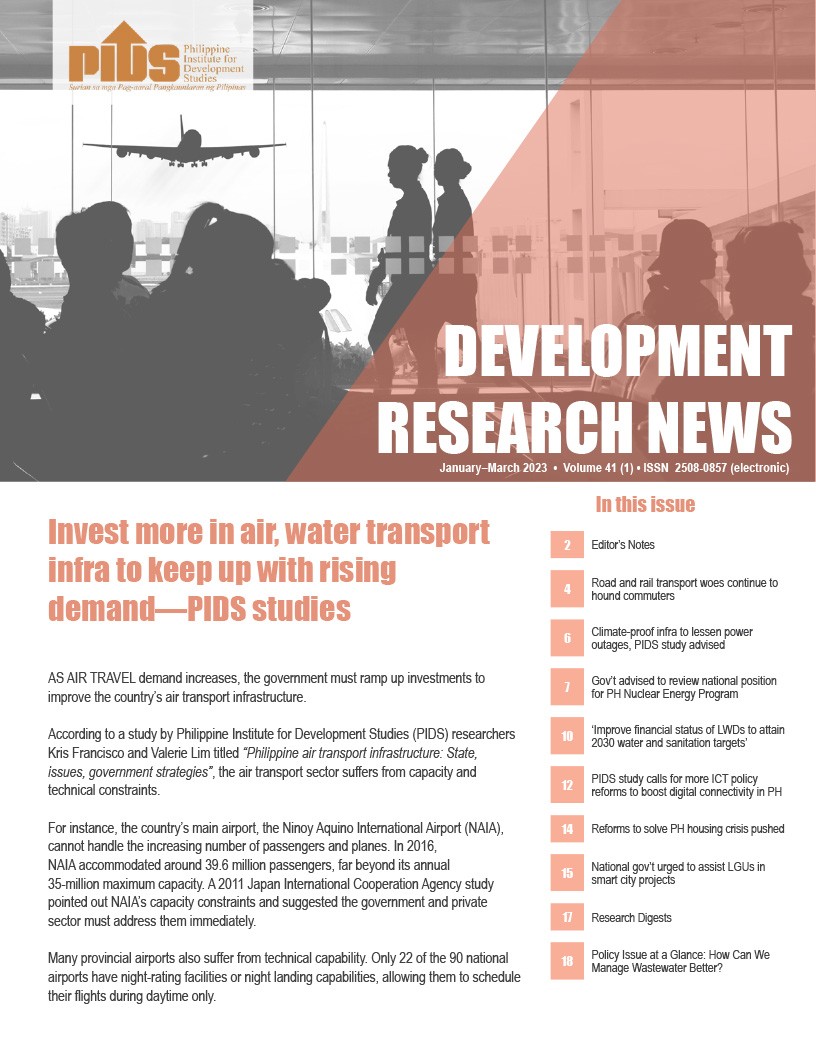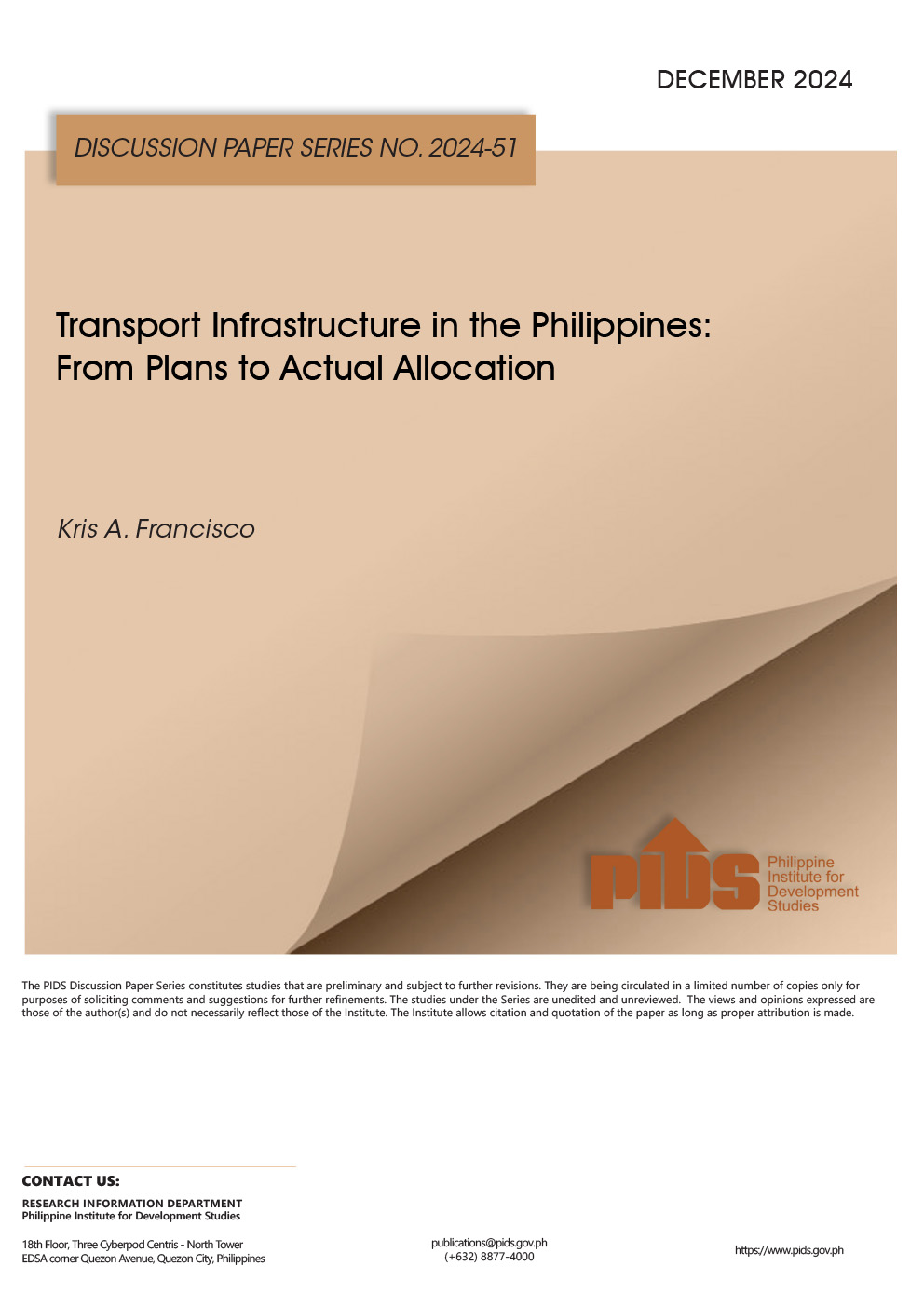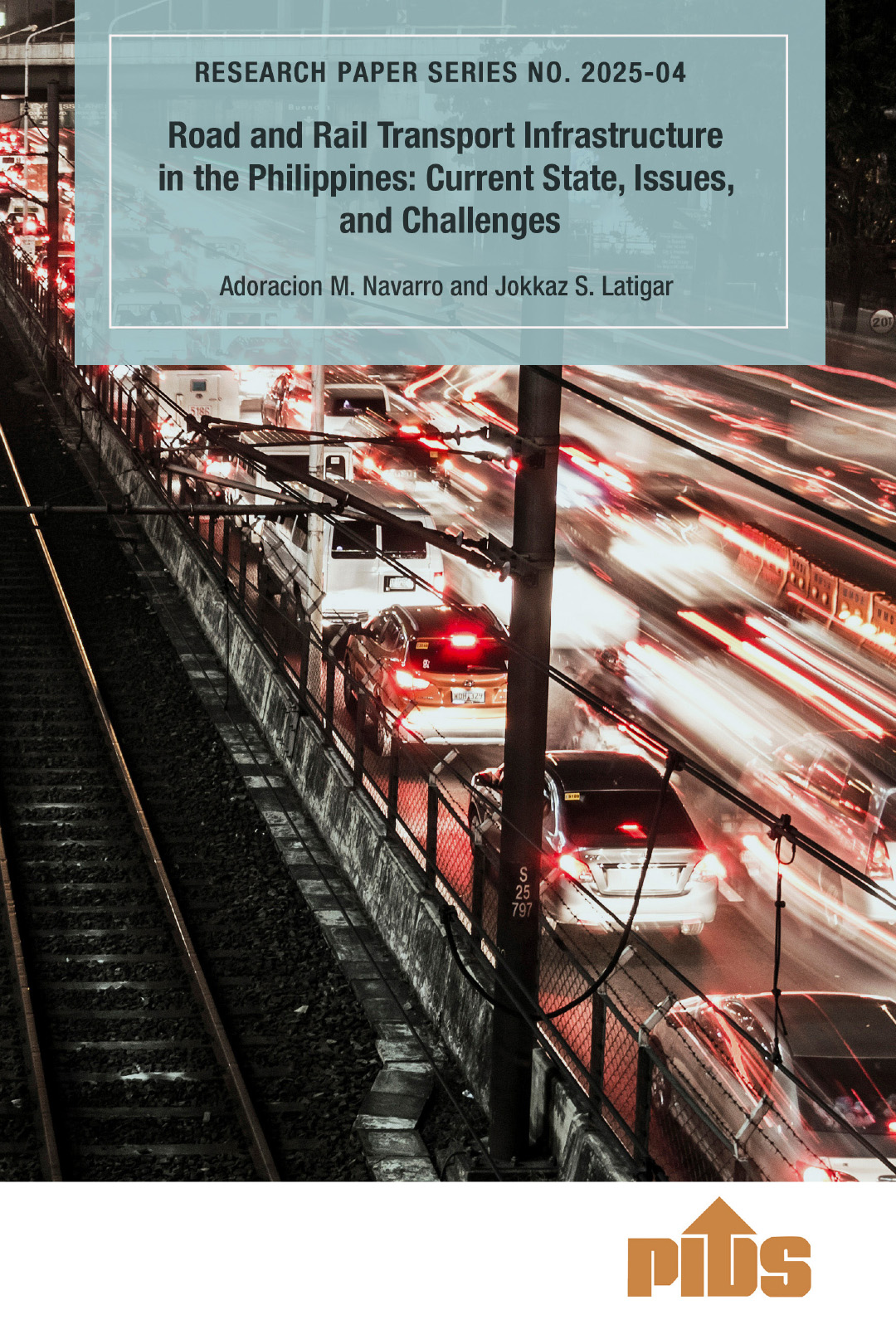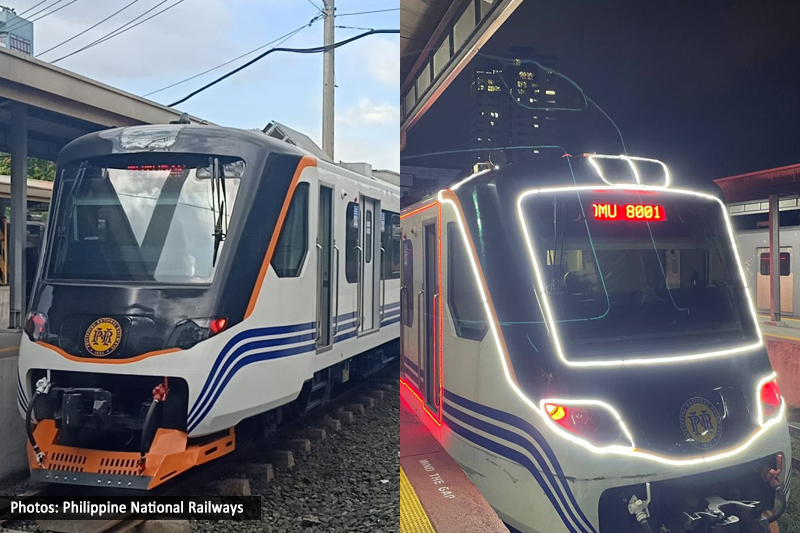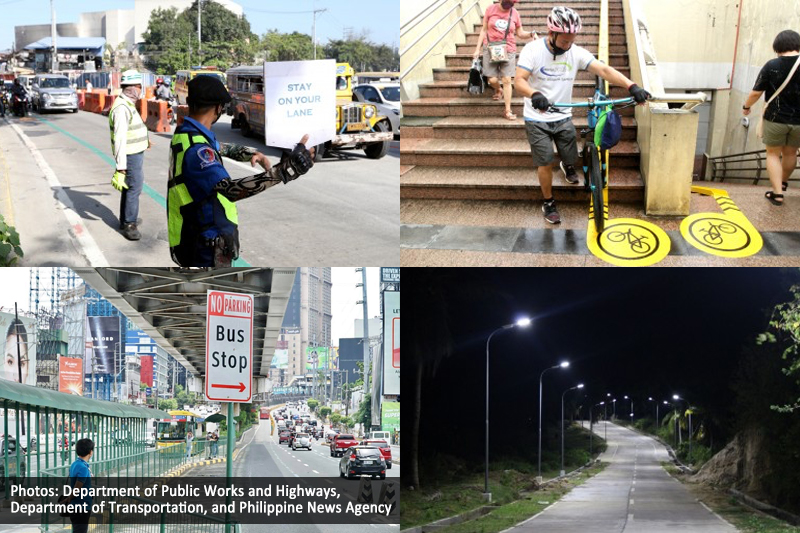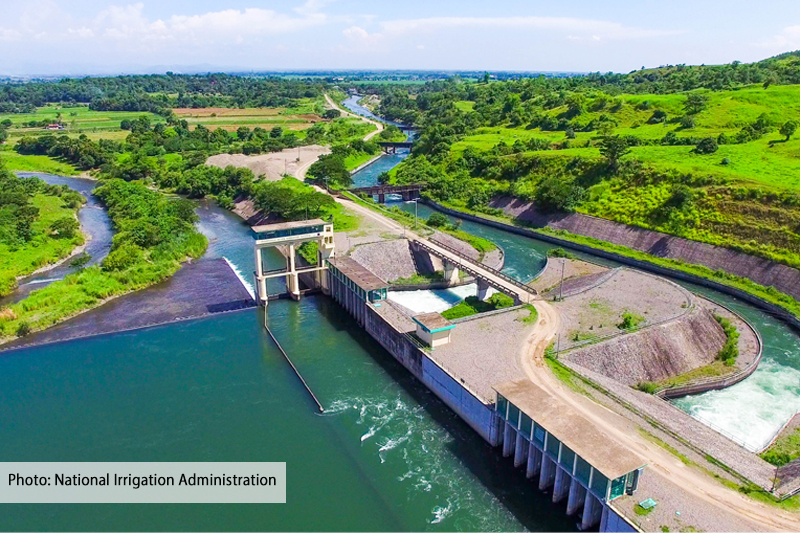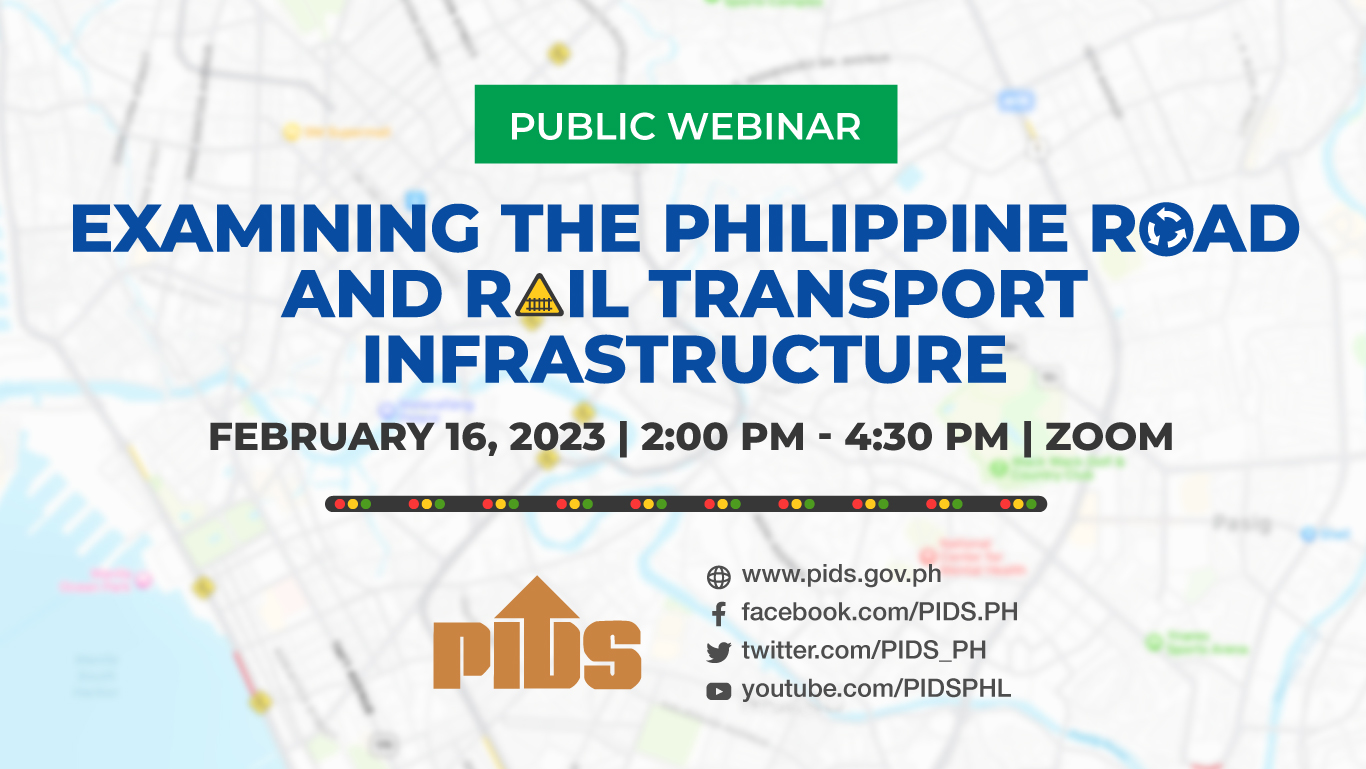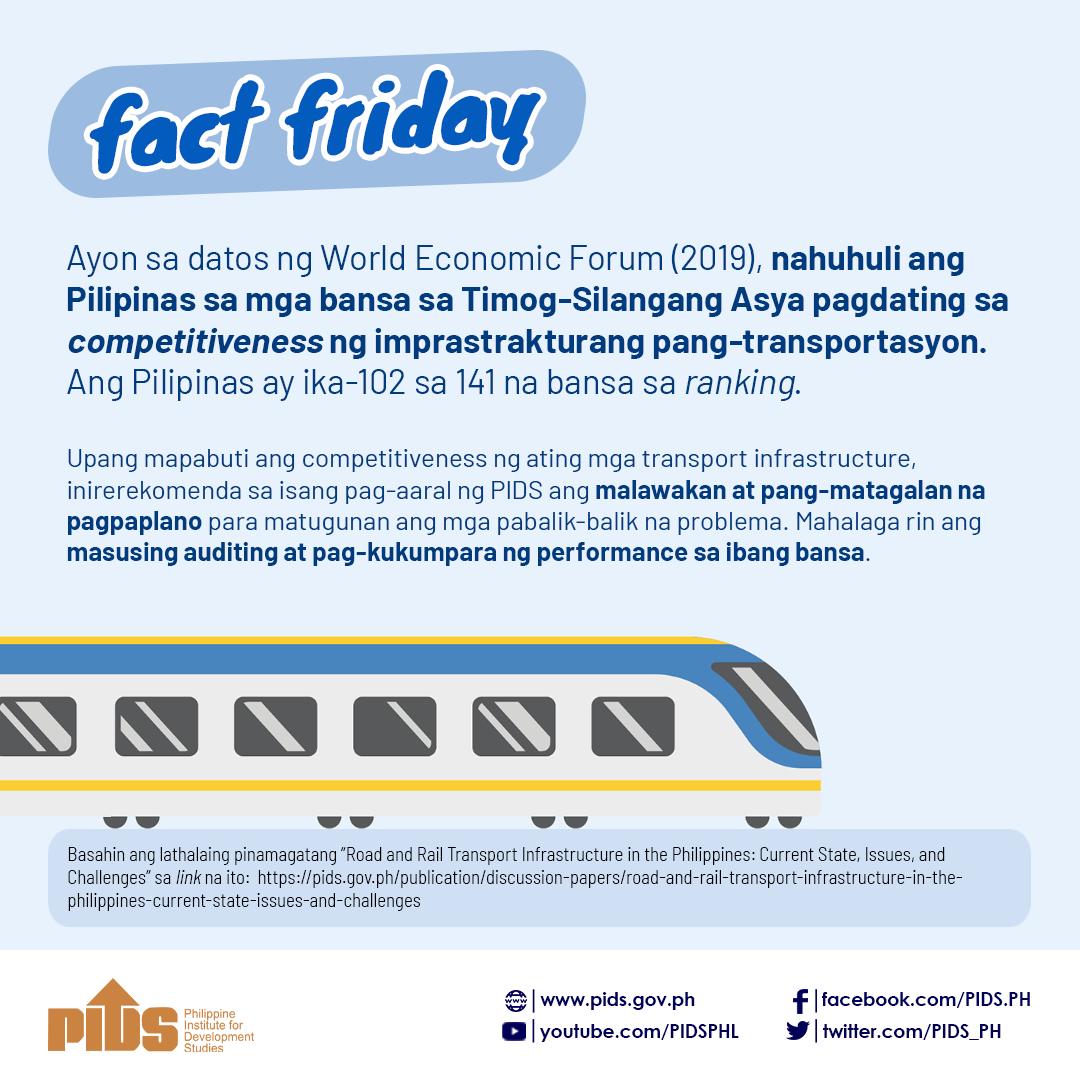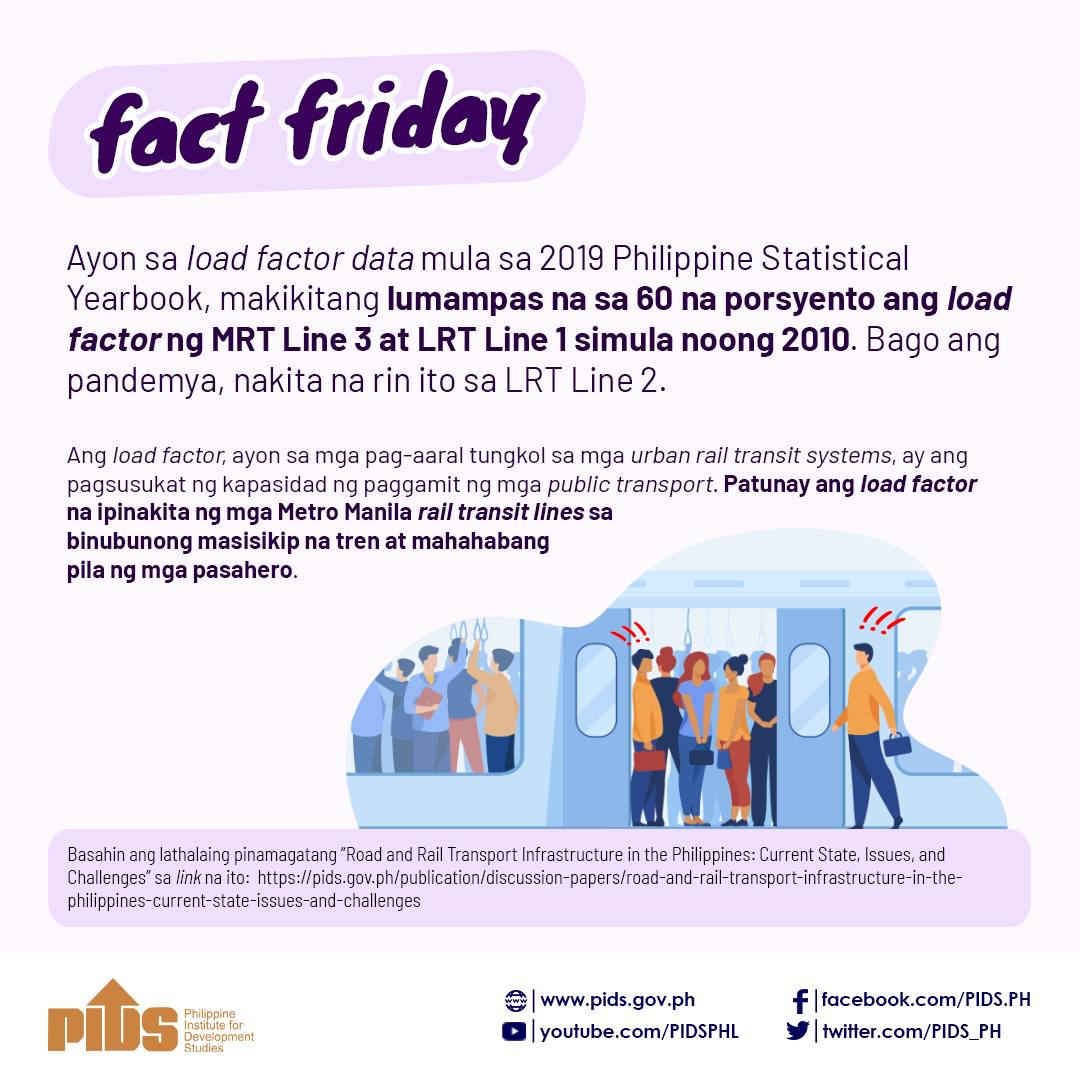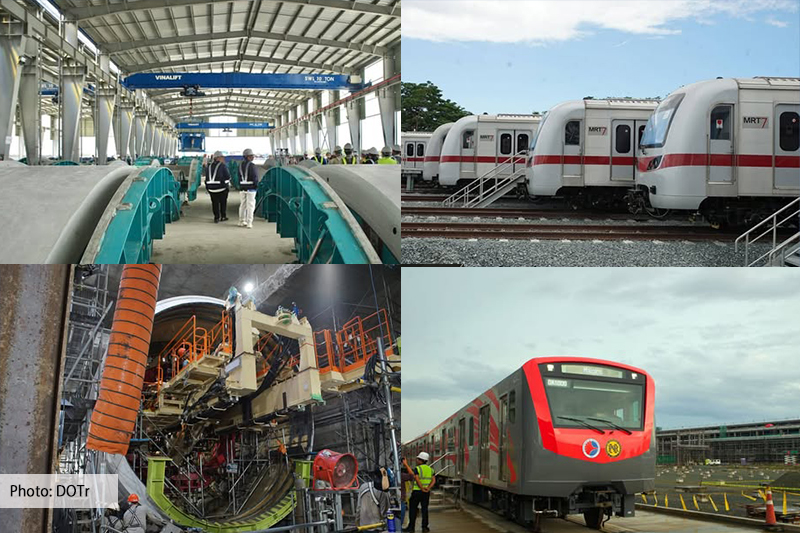
A study by the Philippine Institute for Development Studies (PIDS) reports that the Philippines continues to fall behind its Southeast Asian neighbors in transport infrastructure development, raising serious concerns about its capacity to sustain economic growth and enhance regional competitiveness.
Authored by PIDS Senior Research Fellow Dr. Kris Francisco, the study titled, “Transport Infrastructure in the Philippines: From Plans to Actual Allocation”, reveals significant gaps in the country’s transport systems, particularly in railways, ports, and airport efficiency, compared to the well-developed networks of other nations in the region. Among the eight ASEAN nations, the Philippines ranks the lowest in infrastructure adequacy, signaling an urgent need for reforms and increased investment.
A key finding of the study relates to the inefficiency of the country’s air transport systems. “The Ninoy Aquino International Airport [NAIA], the Philippines’ main air gateway, was listed as the fourth worst airport in Asia in 2024, with a score of 2.78 out of 10,” Francisco noted, citing ongoing challenges in passenger capacity and operational efficiency. In 2016, NAIA exceeded its maximum capacity by 4.6 million passengers, surpassing its 35-million-passenger limit, highlighting the urgent need for upgrades.
Railway infrastructure also presents significant gaps. The Philippines remains to have a relatively undeveloped railway infrastructure among ASEAN countries, with a railway density indicator of only 1.52 km/sq. km, the lowest in the region. While multiple railway projects are in the pipeline, much work remains to meet growing demands.
On a positive note, the Philippines boasts the highest number of ports in ASEAN, attributed to its archipelagic geography. However, the quality of ports remains a concern. “Several studies have revealed the weaknesses of Philippine ports, raising issues such as the lack of port facilities, lesser capacity, as well as the unfortunate combination of high prices for port services albeit underdeveloped ports,” Francisco explained. These factors make the country’s ports less competitive compared to regional counterparts.
The study further acknowledges the government’s efforts to prioritize infrastructure development across various Philippine Development Plans (PDP). The PDP 2023–2028 sets ambitious targets for annual public infrastructure spending, ranging from 5 to 6 percent of GDP, focusing on modernizing and expanding transport systems, addressing mobility issues, and collaborating with private and multilateral partners.
Budget allocations for the Department of Transportation (DOTr) have consistently favored the rail transport program. However, the study notes uncertainty over whether these funds have been used to expand the railway network or simply maintain operations. Similarly, the Department of Public Works and Highways (DPWH) has prioritized programs such as flood management and asset preservation, but integrating funding data with project specifics remains a challenge.
Despite the abovementioned hurdles, the report outlines promising initiatives, including airport upgrades, new railway projects, and plans to enhance port facilities. It emphasizes the importance of allocating resources to improve the quality and adequacy of transport infrastructure to resolve gaps and stay competitive with ASEAN neighbors. Creating a comprehensive infrastructure database would also improve planning and help optimize government spending and project execution.
As the Philippines bridges the infrastructure gap, strategic investments and comprehensive planning will be essential in shaping the country’s future growth and regional standing, Francisco concluded.
Read the full study at https://bit.ly/pidsdp2024-51. ###

